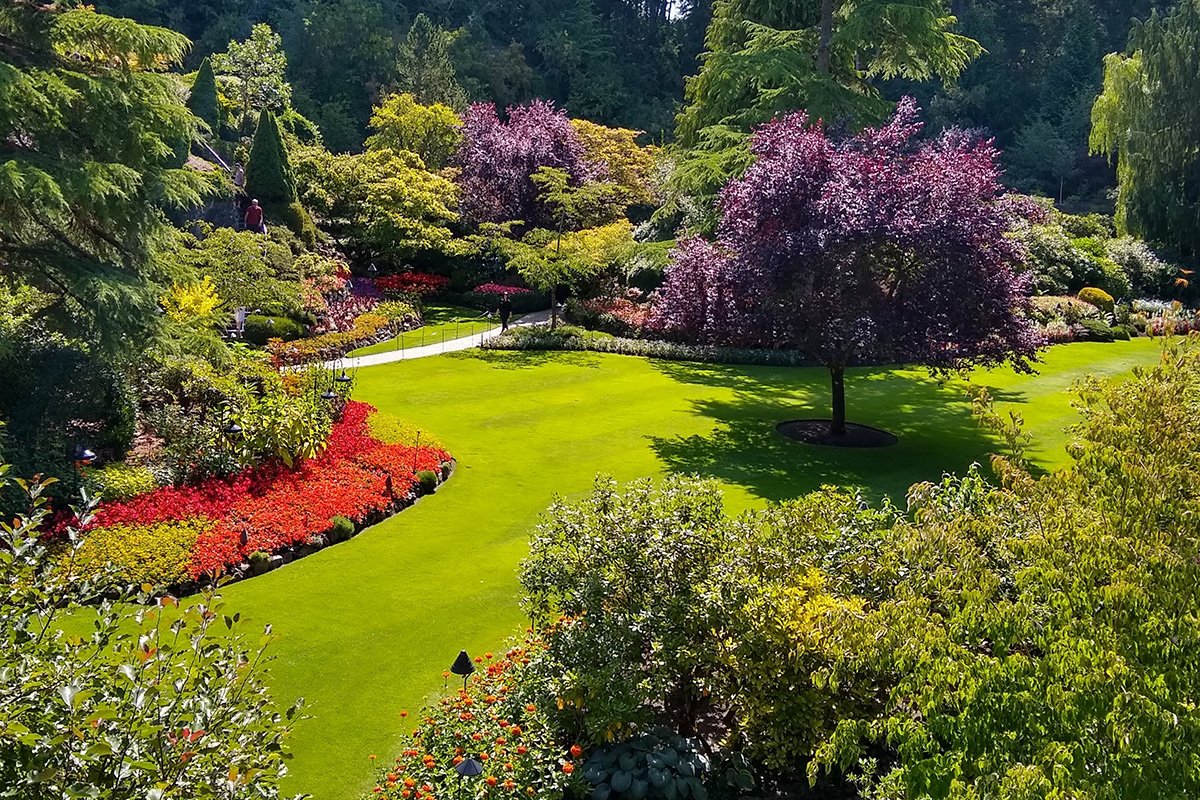
Landscape maintenance plays a vital role in shaping our environment, influencing not only the aesthetic appeal of our surroundings but also the ecological health of our communities. When we consider the broader implications of how we tend to our green spaces, we begin to understand that this work transcends mere gardening—it becomes an act of environmental stewardship with far-reaching consequences for our shared future.
The Transformative Power of Well-Maintained Landscapes
The relationship between humans and cultivated landscapes reflects our deeper values as a society. Well-maintained green spaces offer respite from the concrete jungle, providing essential connections to nature that sustain our psychological wellbeing. In Singapore’s context, this understanding has been fundamental to urban planning strategies.
“Singapore’s approach to landscape maintenance integrates horticultural excellence with ecological sensitivity, creating a model where urban development and biodiversity coexist in remarkable harmony,” notes the Singapore National Parks Board.
This philosophy recognises that proper landscape maintenance is not simply about aesthetics—it’s about creating sustainable environments that support both human and ecological communities.
Climate-Responsive Maintenance Strategies
In tropical climates like Singapore’s, effective landscape maintenance requires specialised knowledge and approaches. The unique challenges of high humidity, intense rainfall, and year-round growing seasons demand thoughtful interventions:
- Implementing proper drainage systems to prevent waterlogging during monsoon seasons
- Selecting native plant species adapted to tropical conditions
- Practising integrated pest management to reduce chemical interventions
- Scheduling maintenance activities to align with natural growth cycles
“The most successful landscape maintenance programmes in Singapore emphasise working with nature rather than against it, recognising that ecological balance reduces long-term maintenance requirements,” according to Singapore’s Centre for Urban Greenery and Ecology.
This wisdom applies universally—understanding your local climate and ecosystem provides the foundation for sustainable landscape maintenance practices.
Economic Dimensions of Landscape Investments
The economic implications of landscape maintenance extend far beyond the direct costs of labour and materials. Thoughtful landscape care represents an investment with substantial returns across multiple domains.
Property values consistently demonstrate the economic power of well-maintained landscapes. Research indicates that strategic landscape maintenance can increase property values by 5-12%, creating tangible financial benefits for homeowners and communities alike.
In the public sphere, the economic calculus becomes even more compelling:
- Reduced healthcare expenditures through improved air quality and mental wellbeing
- Enhanced tourism potential through beautiful, distinctive green spaces
- Lower infrastructure costs through natural stormwater management
- Decreased energy consumption through strategic shade placement and cooling effects
“Singapore’s investment in landscape maintenance has yielded extraordinary economic returns, transforming the city-state into a global destination while simultaneously reducing urban heat island effects and associated energy costs,” observes the Singapore Green Plan initiative.
When we calculate the true return on investment for landscape maintenance, we must account for these diverse economic benefits that ripple throughout our communities and economies.
Beyond Aesthetics: The Social Dimensions
When we examine landscape maintenance through a broader lens, we uncover its profound social implications. Well-maintained public spaces foster community cohesion and social equality by providing accessible green areas for all residents regardless of socioeconomic status.
The care of shared landscapes becomes an expression of our collective values. In Singapore, community garden programmes have demonstrated how collaborative landscape maintenance strengthens neighbourhood bonds while improving environmental outcomes.
“Singapore’s Community in Bloom initiative has transformed landscape maintenance from a technical service into a vehicle for social connection, intergenerational learning, and civic participation,” observes the Singapore Garden Society.
This perspective invites us to consider how our approach to landscape maintenance might similarly build community resilience and social capital in our own contexts.
Sustainable Practices for the Future
As environmental challenges intensify, adopting sustainable landscape maintenance approaches becomes increasingly critical:
- Implementing water conservation techniques such as rainwater harvesting
- Composting green waste to create nutrient-rich soil amendments
- Reducing fossil fuel use through manual techniques and electric equipment
- Preserving existing trees and mature vegetation wherever possible
These practices not only reduce environmental impact but often prove more cost-effective in the long term.
Educational Dimensions of Maintenance
Perhaps most importantly, landscape maintenance offers powerful educational opportunities. When we engage young people in understanding the principles behind sustainable landscape care, we cultivate environmental stewardship for generations to come.
In Singapore, school garden programmes integrate landscape maintenance into educational curricula, teaching students practical skills alongside ecological principles. This approach recognises that hands-on engagement with landscape care develops both environmental consciousness and practical problem-solving abilities.
Conclusion
As we reflect on these dimensions of landscape maintenance, we’re invited to reconsider our relationship with the green spaces around us. Rather than viewing maintenance as merely a technical requirement, we might understand it as an expression of our values—our commitment to beauty, sustainability, and community wellbeing.
The choices we make in landscape maintenance—from plant selection to water management, from soil care to pest control—ripple outward, influencing biodiversity, climate resilience, and social cohesion. By approaching these tasks with thoughtfulness and ecological awareness, we contribute to creating more livable, sustainable communities for all who share our environment. The future of our shared spaces depends significantly on thoughtful, informed landscape maintenance.




